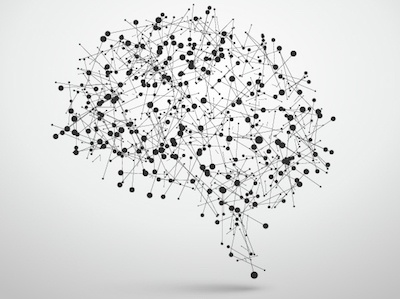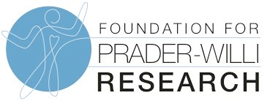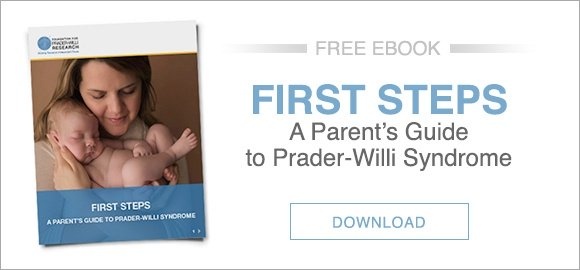 As with many neurodevelopmental disorders, individuals with PWS often struggle with developmental delays and impaired cognition. Within the Global PWS Registry, 75% of participants who have had IQ testing scored with some level of intellectual disability.
As with many neurodevelopmental disorders, individuals with PWS often struggle with developmental delays and impaired cognition. Within the Global PWS Registry, 75% of participants who have had IQ testing scored with some level of intellectual disability.
In an effort to understand the underlying neurobiology of this aspect of PWS, the Hokken-Koelega laboratory in the Netherlands has specifically been looking at differences in the brain structure between the PWS and non-PWS brain. This FPWR–supported project, Unraveling The Developmental Neurobiology Of PWS: A Cross Sectional Brain-Imaging Study, has resulted in multiple papers in the scientific literature documenting the results of the study. One of the first of these papers showed a correlation between the structural complexity in the brain and IQ. Children with PWS had less structural brain complexity as compared to typical children overall.
The group now has also observed structural differences in regions of the PWS brain related to endocrinology and appetite. They've described these difference in the paper "Altered Functional Resting-State Hypothalamic Connectivity and Abnormal Pituitary Morphology In Children With Prader-Willi Syndrome." Using magnetic resonance imaging (MRI), the researchers examined high resolution images from 27 children with PWS (ages 6-23; 13 deletion; 14 maternal uniparental disomy, or UPD), and compared them with images from typically developing children.
Individuals with PWS had smaller and irregularly shaped pituitary glands, a region of the brain that secretes numerous hormones in the body. The pituitary gland helps regulate many functions including metabolism and temperature regulation. The results also showed a difference in the connectivity between two regions of the brain, the hypothalamus and the lateral occipital complex (LOC). One of the reported roles of the LOC is visual processing of food-related stimuli. So altered connectivity and communication between the hypothalamus and the LOC in PWS could be playing a role in the abnormal interest in food.
The results from these imaging studies provide critical insight into the inner workings of the PWS brain. This work also generates baseline information that may be useful for comparison against outcomes from potential treatments and therapies. In addition, understanding the structural neurobiology in the PWS brain that contributes to the phenotype of PWS may provide new potential therapeutic targets.








